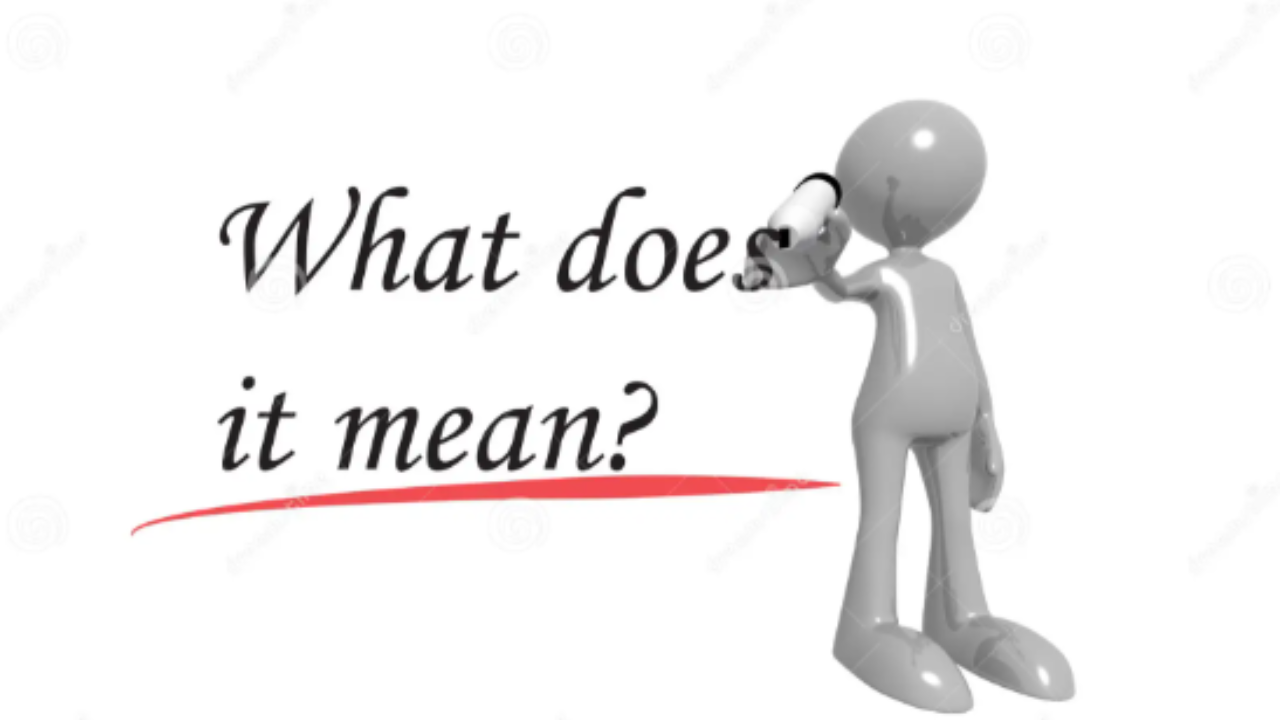Have you ever typed “whatdoesit” into a search engine and waited for suggestions to fill in the blank? That small phrase often opens the door to a world of curiosity. From science and history to emotions and technology, we ask millions of questions starting with “what does it…” every day. But why are these questions so important, and what can they reveal?
In this article, we will explore the meaning and significance of “whatdoesit” searches, why people use them, and some of the most fascinating examples across topics like emotions, technology, language, and even dreams.
The Power Behind the Phrase “WhatDoesIt”
The phrase “whatdoesit” is not a complete question by itself. But in online search behavior, it represents the starting point of countless real questions. People use this phrase when they are unsure, curious, or trying to understand the world better.
Examples include:
-
What does it mean when you dream of flying?
-
What does it take to become a pilot?
-
What does it cost to build a house?
These types of queries show a deep need for information, answers, or explanation. In SEO terms, “whatdoesit” is a long-tail keyword starter, helping content creators know what people are really searching for.
Why Do People Ask “WhatDoesIt” Questions?
Humans are naturally curious. Since childhood, we ask why, how, and what about everything we encounter. As we grow up, our questions become more complex, and we often turn to the internet for answers.
When users type “whatdoesit” into Google, another search engine, or visit WhatDoesIt.com, it usually means they want to:
-
Understand a concept (e.g., What does it mean to be carbon neutral?)
-
Interpret a feeling (e.g., What does it feel like to be in love?)
-
Explain a reaction or behavior (e.g., What does it mean when a dog licks you?)
These questions show an intent to learn, connect, and grow.
Popular “WhatDoesIt” Questions and Their Meanings
Let’s look at some popular categories that commonly begin with “whatdoesit,” and explore what they typically mean.
1. What Does It Mean?
This is one of the most common continuations of “whatdoesit.” People use it to understand the meaning behind symbols, actions, or words.
Examples:
-
What does it mean when your left eye twitches?
-
What does it mean to be empathetic?
These questions often lead to psychological, cultural, or spiritual explanations.
2. What Does It Do?
This version is common when people are learning about technology, health, or tools.
Examples:
-
What does it do if I skip a dose of antibiotics?
-
What does it do when you reset your phone?
Here, people are looking for results or consequences of an action or function.
3. What Does It Cost?
This version relates to price and value. Whether you’re budgeting, investing, or shopping, you might ask:
Examples:
-
What does it cost to start a business?
-
What does it cost to build a pool?
This shows interest in financial planning or decision-making.
“WhatDoesIt” and Emotional Understanding
Many people use “whatdoesit” to understand emotions and relationships. For example:
-
What does it mean when someone avoids eye contact?
-
What does it feel like to lose a friend?
-
What does it take to be truly happy?
These questions often reflect personal growth, mental health curiosity, or human connection.
Answering such questions helps people build empathy, improve communication, and feel less alone.
The Role of “WhatDoesIt” in Learning and Growth
Teachers, students, writers, and everyday learners frequently use “whatdoesit” to improve their knowledge and comprehension.
For example:
-
What does it mean when water reaches boiling point?
-
What does it take to pass the SAT exam?
Whether in school or self-learning, “whatdoesit” forms the bridge between confusion and clarity.
Search engines have become the modern classroom, and “whatdoesit” questions are the tools used to open that door.
Fun Facts: Strange and Funny “WhatDoesIt” Searches
Not all “whatdoesit” questions are serious or deep. Some are just weird, fun, or humorous. Here are a few examples people actually searched online:
-
What does it mean when cats stare at you?
-
What does it taste like on Mars?
-
What does it take to join a pirate crew?
These searches show how playful and imaginative people can be. They also reflect how “whatdoesit” isn’t just about facts—sometimes it’s about entertainment and curiosity.
How to Use “WhatDoesIt” for SEO and Content Creation
If you’re a content creator, blogger, or SEO expert, using “whatdoesit” as a keyword seed can help you attract traffic. Here are some tips:
-
Use autocomplete tools – Type “what does it” into Google and see what phrases pop up.
-
Answer questions – Build blog posts around answering popular “whatdoesit” queries.
-
Use structured headings – Include H2/H3 headers like “What does it mean to…” to help with search engine indexing.
-
Include examples and definitions – People love clear, direct explanations.
-
Write for humans, not just bots – Make it friendly, useful, and easy to read.
Final Thoughts: The Infinite Value of “WhatDoesIt” Questions
The keyword “whatdoesit” might seem incomplete, but it represents a powerful moment in someone’s search journey. It signals curiosity, a desire to learn, and a willingness to explore new ideas.
Whether someone wants to understand a strange dream, figure out how something works, or learn what it takes to succeed, the path often begins with “what does it…”
So the next time you see someone typing “whatdoesit,” remember: that’s not just a phrase—it’s a doorway to wonder, knowledge, and understanding.


Leave a Reply